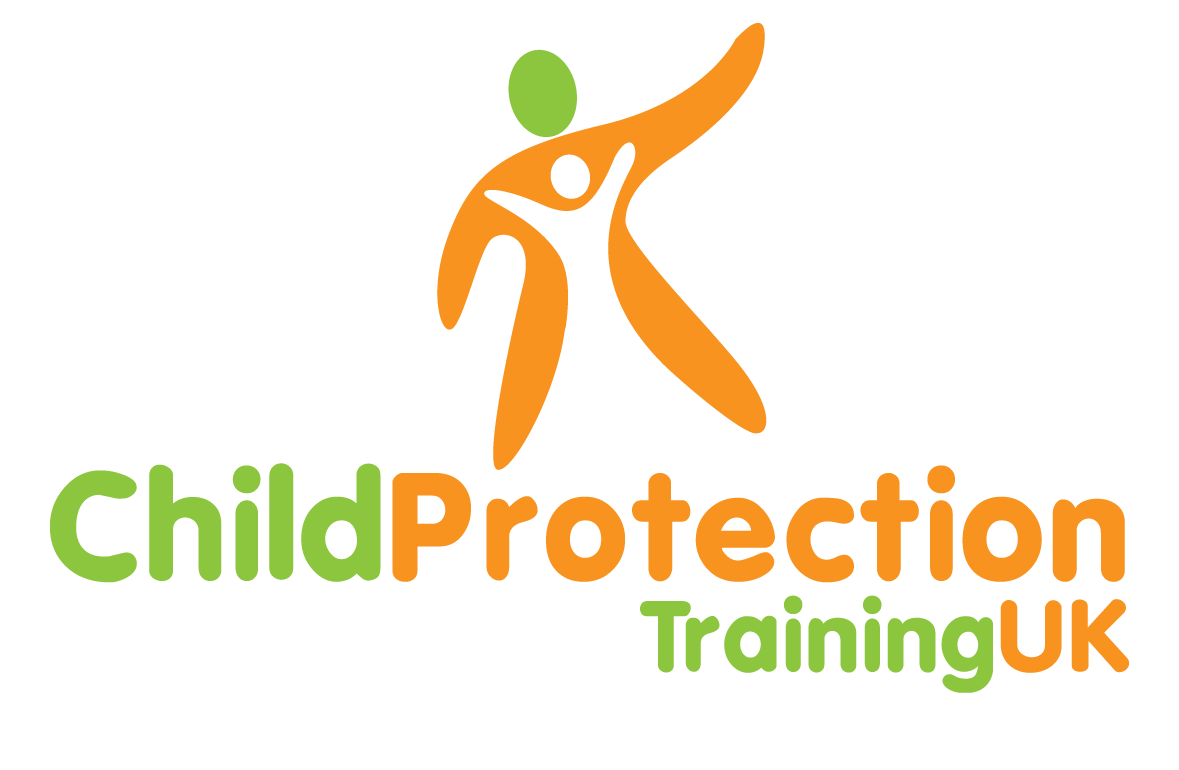| Links between alcohol and other drug problems and maltreatment among adolescent girls: perceived discrimination, ethnic identity, and ethnic orientation as moderators. |
| Summary: Studies the relationship between abuse, post-traumatic stress disorder (PTSD) symptoms, ethnicity-specific factors, and alcohol and/or drug problems amongst adolescent girls. Looks at a sample of 168 Black and Hispanic teenage girls who participated in a school-based substance use intervention. Finds that abuse was linked to substance abuse, but only through its relation with PTSD symptoms. Also finds that ethnic high orientation served as a protective factor against substance abuse problem severity. |
| Publication details: Child Abuse and Neglect (Vol.36, Iss.5) May 2012 pp 449-460 |
| Authors: Gray, Calonie M.K.; Montgomery, Marilyn J. |
Links between alcohol and other drug problems and maltreatment among adolescent girls
Reply

